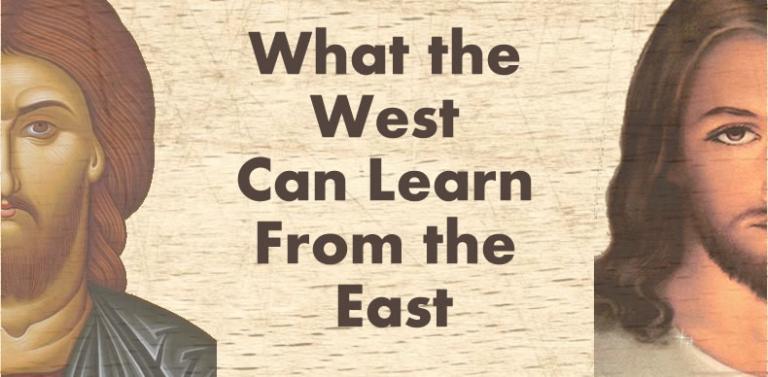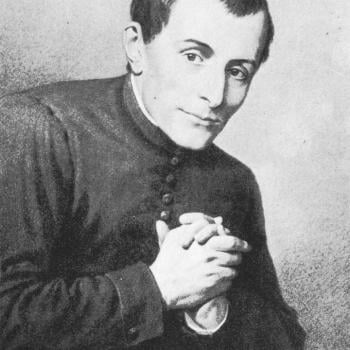Although I am a Catholic, I never would have made it to the Catholic Church if it wasn’t for a detour I took through the world Eastern Orthodoxy. The Eastern Christian Churches (in all of their many forms) have a rich history and liturgy that draw from deep and rich wells of the Christian tradition. I think those of us in the west have a great deal that we can learn from our Eastern brethren. Here is a list of tree things that I think every Westerner can learn from their Eastern brethren.
- The liturgy is a Catechism
When I say that the liturgy is a catechism I mean two things. The first is the most obvious. The liturgy contains a great deal of rich teaching on the Church. If you want to look at what the Church teaches, find how people have prayed about it in the liturgy. It’s a great place to start. The second thing I mean by this is that by participating in the liturgy we learn who God is. Liturgy is the root of our theology because it is there that we encounter the God we attempt to describe in our theological formulations. Christ did not leave behind a creed or a Bible. Christ left behind a meal and a church. As the Church gathers for the meal we commune with God and it is through that incarnational communion that scripture, creeds, and theological formulations are crafted. This is a Truth the East knows better than the West. - God is, by nature, a community
While the west has often begun talking about God in God’s unity, the East has more frequently began the conversation by discussing God’s community. They have a word for this called perichoresis. Perichoresis is about a relationship in harmony. They understand that God is Trinity is expresses who God is in unity most perfectly. It is in the perfect harmony of love expressed in the persons of the Trinity dwelling in relationship with one another that the shared divine nature is seen. - Hesychasm
The East has a prayer tradition of silence that the West can learn from. They understand that prayer is not initiated by our word’s but by God’s presence. Since God is always with us, the invitation to prayer is always being extended. We do not need words to begin, or even thoughts, but simply an awareness of God. Eastern prayer is rooted in this understanding much better then western prayer. Hesychasm is the prayer tradition that develops it. - The Icon
A painting is a depiction of nature. It seeks to convey the meaning of the natural world. Icons, on the other hand, are about being. They illuminate the ontological character something, and by doing so brush against the invested intelligibility of the God within the natural world. Icons are a kind of sacrament, for they project God from the world. Aidan Kavanagh describes this stating:“According to the laws of optics the dimensions of objects decrease with distance and the lines of perspective cross each other at the horizon. Every painter knows this and uses it to suggest depth, a third dimension in only two. But the icon painter inverts this. His point of departure in perspective is not found in the illusory depth of the image which attempts to reproduce visible space, but before the image, in the spectator himself.”
The West can learn a great from thinking more about this. Too often in the West religious art is not approached from a place of theological depth. The East struggled deeply with religious art in their history, and they are richer for it!
This list does not mean to imply that the West does not have a rich heritage that affirms all of these things, it simply seeks to highlight areas of strength that the Eastern Churches have. Here are a few examples of things that the East can learn from the west.













